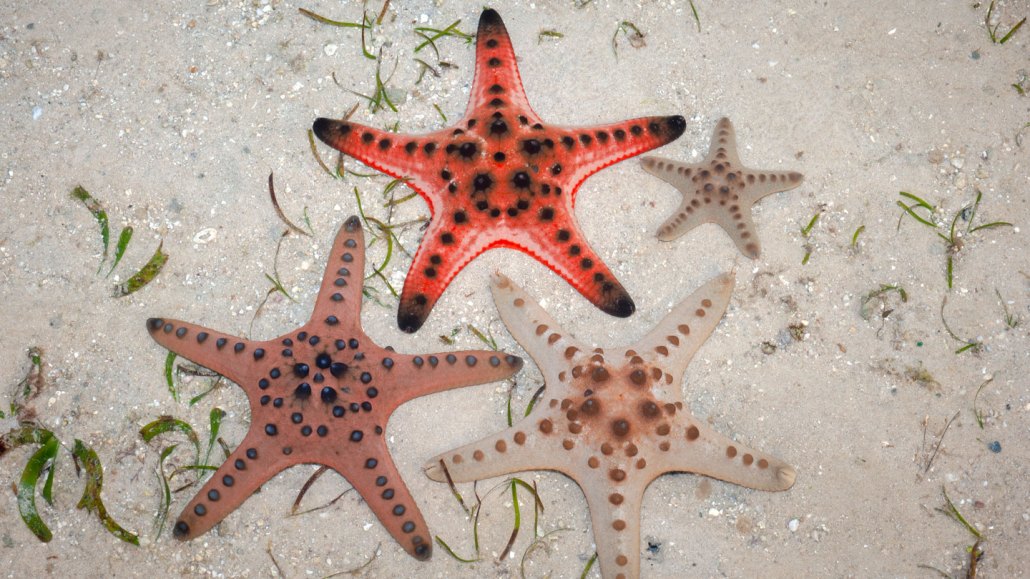
Beneath the skin of knobby starfish is a skeleton made of brittle, stonelike growths that derive strength from an unexpected internal structure.
Ria Tan/Flickr (CC BY-SA 2.0)

Beneath the skin of knobby starfish is a skeleton made of brittle, stonelike growths that derive strength from an unexpected internal structure.
Ria Tan/Flickr (CC BY-SA 2.0)